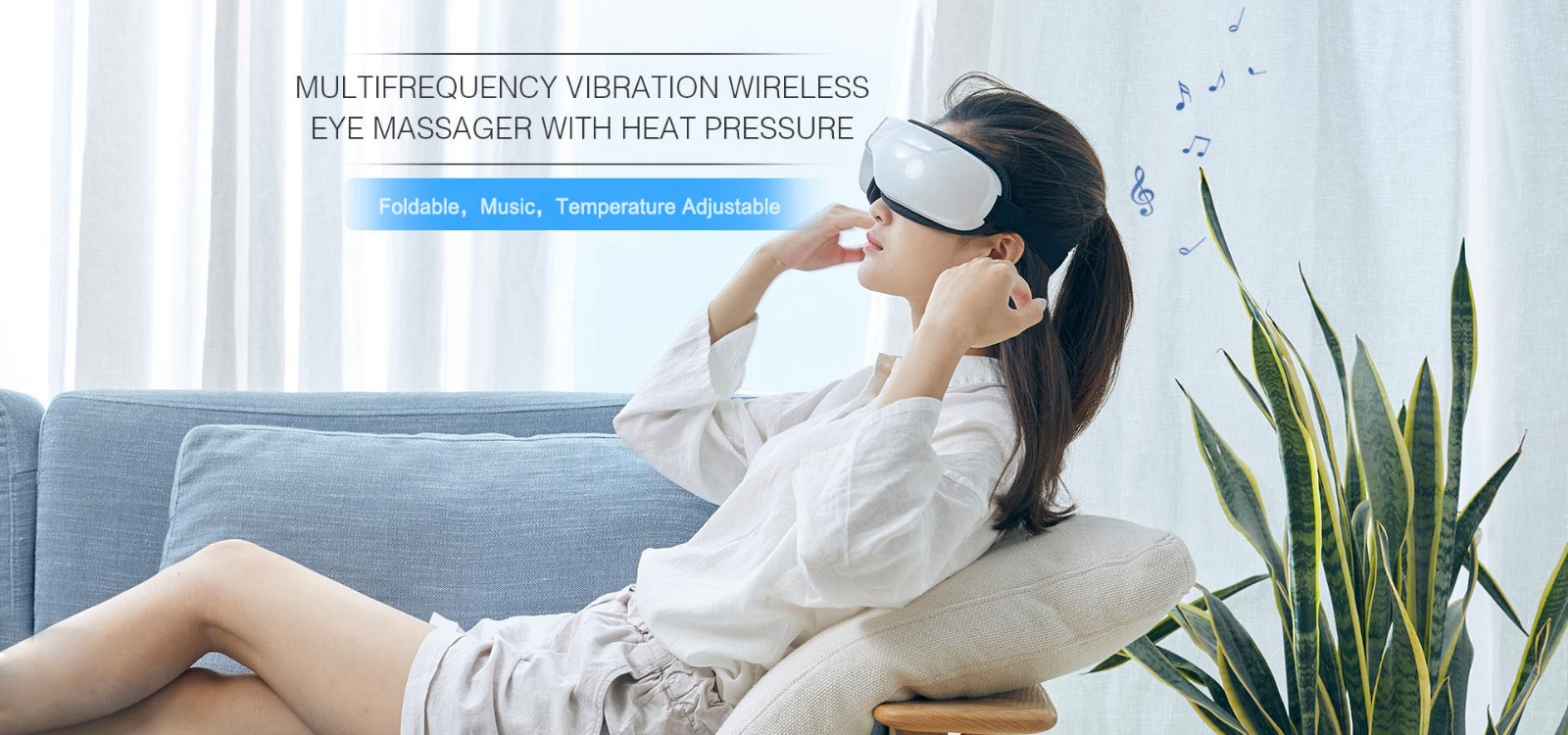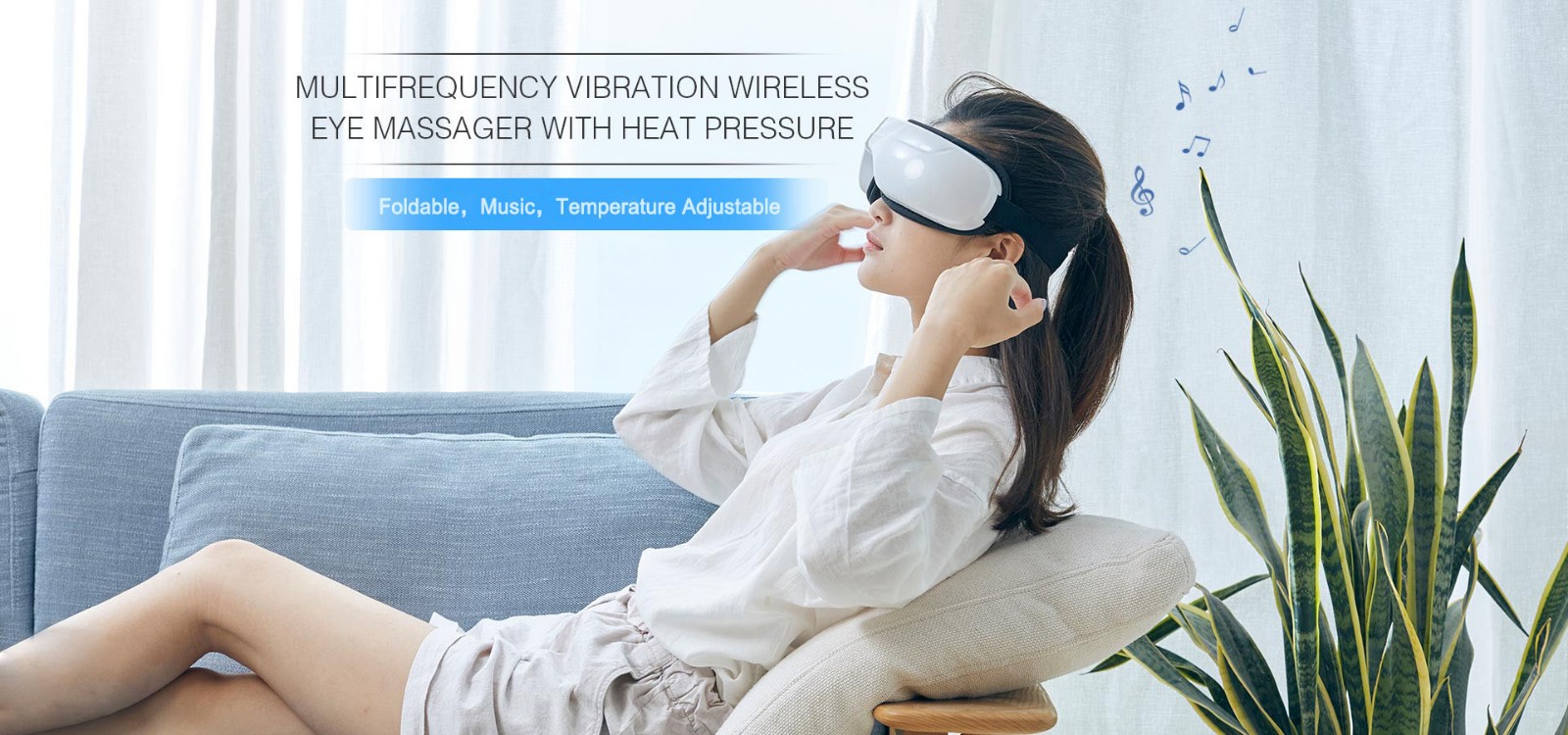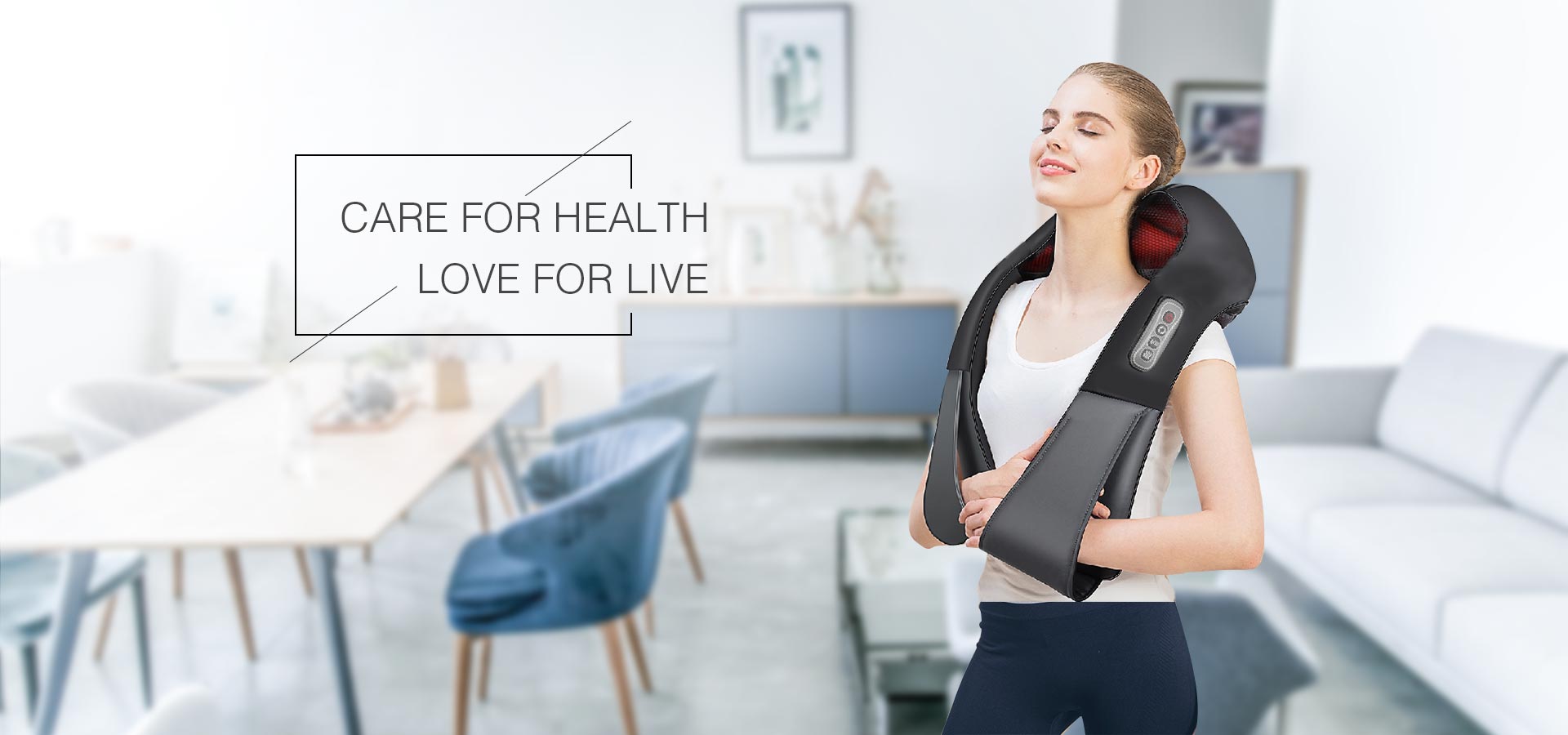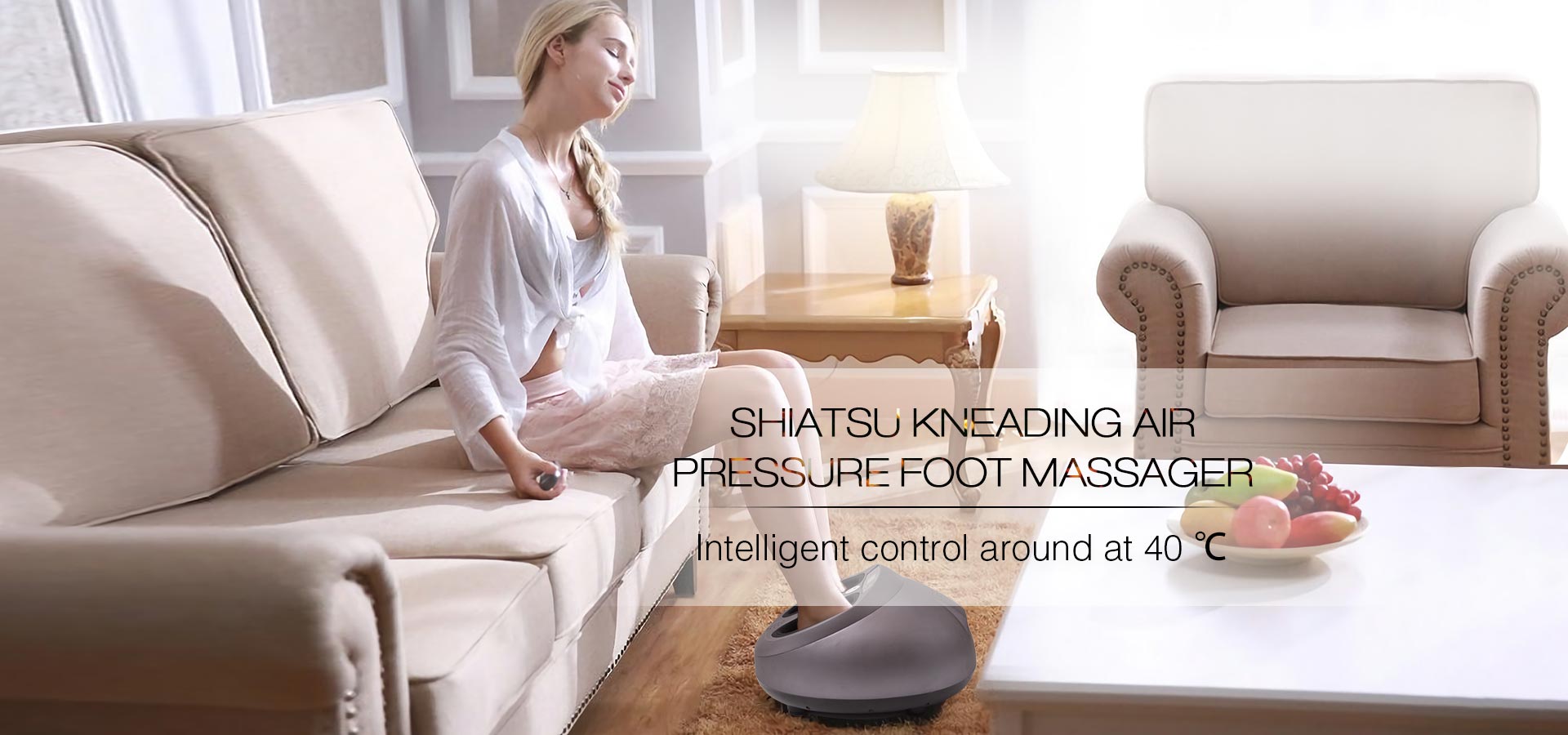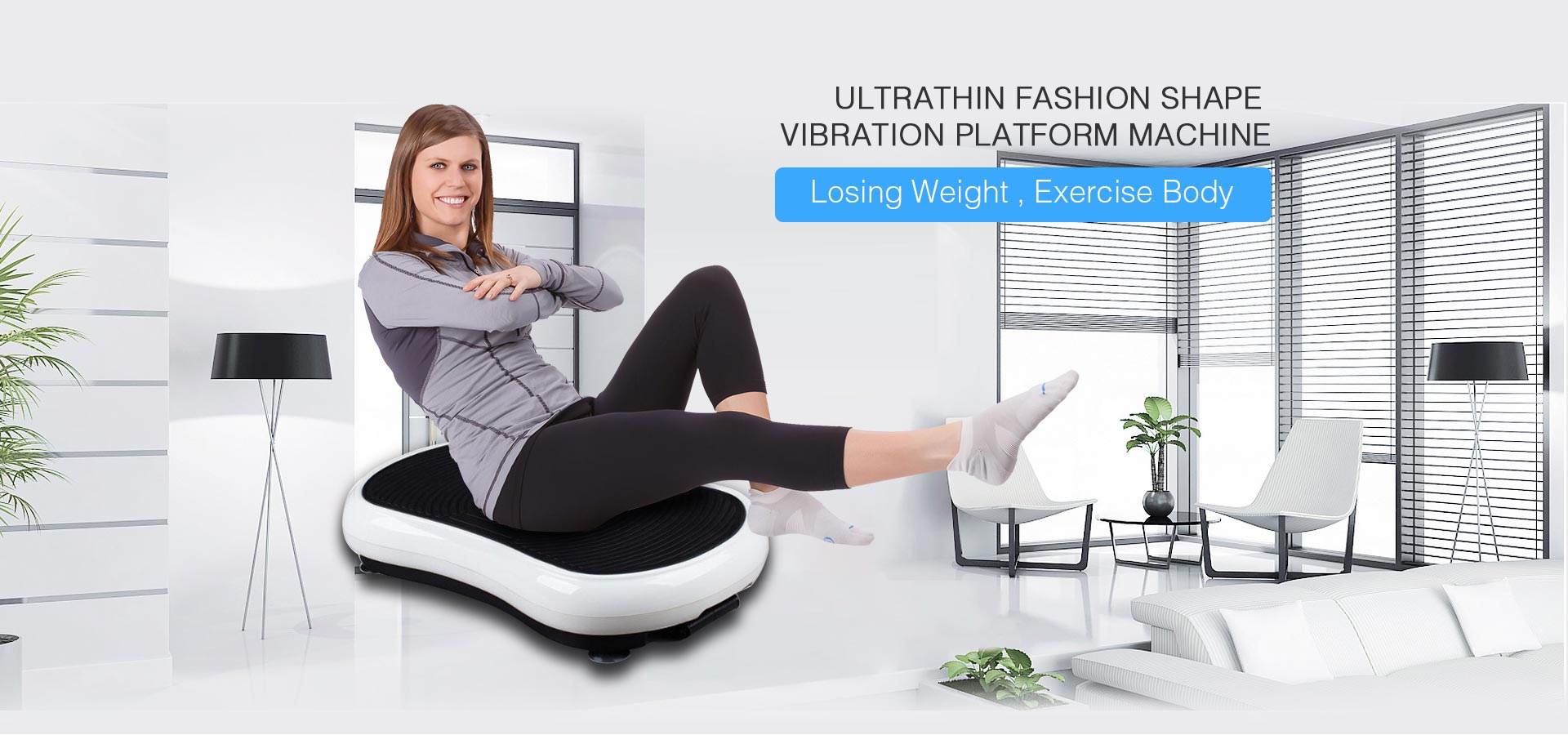Why head massage makes you feel so good?
Ask anyone who has enjoyed a scalp or head and shoulder massage from a trained massage therapist if they feel better. The answer is a universal yes. Head massage is hardly relaxing.
But what happens to our bodies when we receive a head, scalp and neck massage? How does it work? Does kneading and stroking the body parts around the brain cause some physiological response, or is it entirely in our heads?
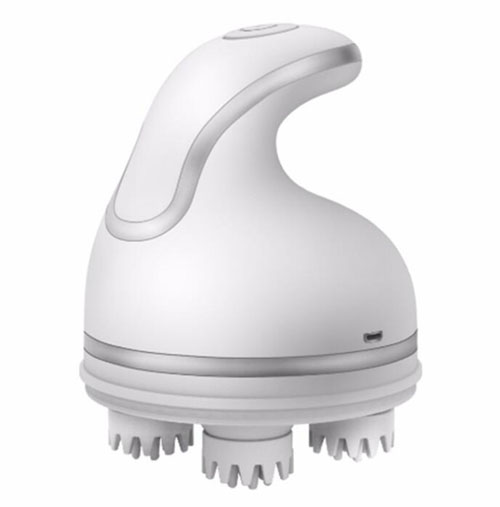
The goal of massage
The main goal of massage therapy is to improve someone's sense of well-being. This can be achieved by targeting the cause of specific symptoms, such as neck pain, back pain, stress and anxiety. Massage can also enhance feelings of well-being and relaxation through the mere act of pressing the hands.
Humans and animals (and almost all living things) show a positive response to touch. Babies would not survive without parental touch, and in fact, human touch can reduce pain symptoms in newborns. Studies examining the link between pain relief and touch have shown promising results.
What does this have to do with head massage?
Despite the relative fixation of the skull, the small muscles around the head respond well to touch. And this part of the body is the closest to the brain that processes sensation. The body parts that usually receive massage are the back and legs.
Massage helps relieve muscle spasms and knots in the body that tend to tighten and tense. Obviously, the scalp and the back of the head contain only small muscles, and these muscles do not play any role in moving the body or resisting heavy loads. But tension may build up in this area. The new study found that the body's response to touch close to the head is more complex than we once thought.
Researchers tested the effects of head massage on the health of a group of 24 female students. The study found that head massage therapy reduced depressive symptoms, decreased boredom and had a positive impact on anxiety levels. Another benefit was the sense of liveliness experienced by the participants.
Touching the system
A network of nerve endings and receptors in our skin processes touch and sensation and sends information through the nervous system to the brain. Pressure receptors in the skin help the brain understand what's going on in any part of the body. But some parts of the body have more pressure receptors than others.
Your face, fingers and tongue are very sensitive due to the high density of receptors. The back, which is the target of most massage therapies, actually responds much less to touch because of the low density of touch receptors.
Body-Mind Connection
The mind-body benefits of massage are interconnected. Mind-body therapy has always looked at how the mind affects the body, but today this mind-body concept is becoming more accepted. External stimuli have the ability to change our brain chemistry, which in turn affects our bodies. We now know that our mindset affects our gut health and vice versa.
Negative thoughts and feelings can adversely affect our appearance. And vice versa - physical pain or discomfort can lead to mental stress and depression.
Recovery
Experts are currently studying the link between the use of Indian head massage and improved recovery from illness and injury.
One study found that Indian head massage reduced muscle tension, energized participants, and helped patients cope with negative psychological experiences.
Recovering from an injury requires a multifaceted approach. Doctors and other medical professionals should not expect to tell patients that they need only one method of recovery. Physical therapy combined with therapies that affect the mood and parasympathetic nervous system is a more effective approach. In fact, people who are depressed recover more slowly from their injuries. Negative emotions often lead to blockages in muscle tissue, a fact that every massage therapist and acupuncturist relates.
Head massage and hair growth
Hair regrowth is one of the touted benefits of head massage. But what is the science behind it? Can the hair follicles grow back by the power of touching the scalp?
Well, as far-fetched as it may seem, there is evidence in clinical trials of "stretching power" that hair regrowth is similar to the effects of scalp massage. One study showed a significant increase in hair thickness after several months of standardized scalp massage testing on men.
The main cause of male pattern baldness is the DHT molecule, a male sex hormone. Baldness caused by the hormone cannot be reversed by scalp or head massage. However, by massaging the scalp increases the blood flow to the scalp, which strengthens the hair follicles and prevents further hair loss.
The scalp is located at the top of the head, away from the heart, and sometimes needs a little help with circulation. One cause of male pattern baldness may be a decrease in blood flow to the hair follicles.
We can make up our own minds here, but it's safe to say that scalp massage has no negative effects, but the potential positive effects on baldness (which are still inconclusive) make it a worthwhile activity.


